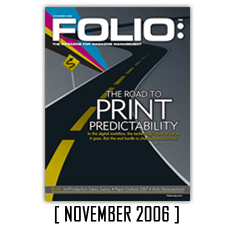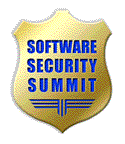 Under the slogan “Ready for a New Day,” Microsoft has released Windows Vista, Office 2007 and Exchange Server 2007 to its business customers. Retail versions will be out next year.
Under the slogan “Ready for a New Day,” Microsoft has released Windows Vista, Office 2007 and Exchange Server 2007 to its business customers. Retail versions will be out next year.
Windows Vista: It sure looks pretty, and some initial reports indicate that it fixes many of the appalling security flaws that plagued Windows XP. It is unclear whether the fixes are architectural, or if under the hood, Windows Vista is really Windows XP Service Pack 3 with a new graphical user interface.
What I don’t hear, from developers and enterprise IT professionals, is any pent-up demand for an upgrade. What I do hear is concern about increased complexity, an explosion of new APIs, restrictive licensing, the difficulty of doing regression testing and support for so many different versions, and of course, the well-known problems with Microsoft’s anti-piracy code. I predict a slow upgrade curve for existing customers — and that the forthcoming availability of the retail software will fail to deliver huge numbers of hardware sales. In other words, Windows XP is going to be around for a long, long time.
Office 2007: More bewildering complexity, and a lack of a compelling upgrade message. The software has a beautiful user interface, particularly with Excel and PowerPoint. (Those are the only two pieces of software from today’s roll-out that I want on my own desktop.)
The 2007 Office System (aka Office 2007 or Office 12) increases the tight coupling between the desktop and server software, particularly Exchange Server and SharePoint Server.
Companies that already use Exchange and SharePoint, and want to build custom desktop apps that leverage Word and Excel, will migrate sooner rather than later. (I don’t think that many corporations customize Office in that way, though Microsoft is evangelizing the heck of that capability with Visual Studio Tools for Office.)
Companies that don’t use Exchange and SharePoint will migrate much later. Given the pricing and complexity in Office 2007, OpenOffice looks better by the day for companies that don’t seek to build custom applications around their desktop apps.
Exchange Server 2007: I haven’t paid any attention to it whatsoever.





















